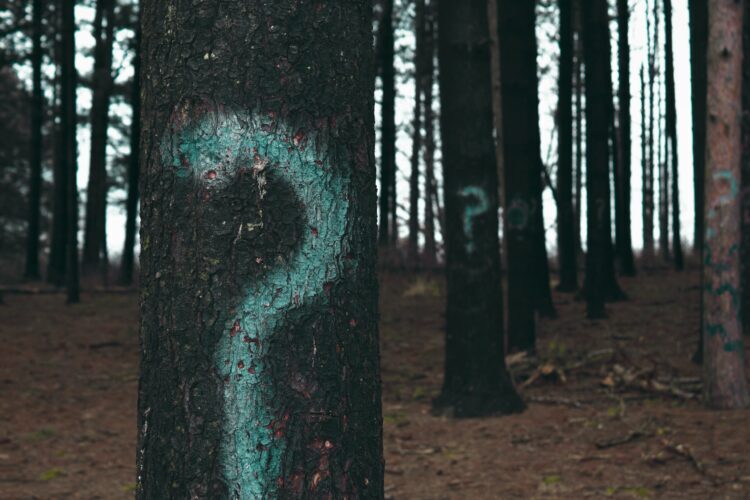Arecent social media post from a journalist-turned-professor sparked my interest. The professor told a quick story about a student who went into an interview with trepidation (don’t we all?), and then was thrilled when the source complimented her on an especially good question.
This brought to mind my own career-long effort to understand interviewing as its own skill set, no less essential than knowing how to find records or verify information. I consider it the foundational skill of any journalist, whether the journalist is an investigative reporter tracking the trail of money or a narrative writer paying witness to tragedy.
Yet interviewing isn’t something specifically taught in most journalism programs — at least not in the U.S. Maybe the assumption is that interviewing is baked into reporting classes. Or maybe the assumption was that people spend their lives in conversation — asking and answering questions — so interviewing isn’t something that needs to be taught or learned as its own skill set. Most reporters of my generation learned as I did — by trial and error, instinct, osmosis and mimicry.
Perhaps I grew fascinated with interviewing skills because I wasn’t a naturally strong writer. I couldn’t write around things I didn’t know or understand, so I wanted to make sure my notebook was crammed with enough of the right stuff to make it to to deadline. I, like most reporters, hated making mistakes, so I wanted the thin confidence that only comes with having truly heard what I was being told. I also loved to learn, and realized early in my career that interviewing — opening the door to someone else’s knowledge and experience — was a free education every day.
I carried my passion for interviewing into editing and then teaching. As an editor, I spent as much time talking with reporters not about how they planned to write their stories, but how they planned to report them. Knowing how to find, read and verify records was an essential part of that. But even more, I spent time brainstorming who they would interview, why and how. As a journalism professor, I spent as much time exploring interviewing challenges and skills as I did on story structure. I eventually created an entire course that focused on nothing but interviewing, with assignments designed to practice specific types of interviewing, from detailed observation to technical description to sensitive situations.
I started that class by having students answer a simple question: Why do we do interviews? They would look at me as if DUH! But then, with just a few little nudges, they would come up with 18-25 different reasons. That’s right: 18 to 25. That allowed us to have a productive talk about source selection, source relationships, transparency, ethics, the most effective way to frame questions, how to anticipate obstacles, how to work around stumbles and more.
Perhaps the next time you go into an interview, back up a short step and ask yourself a similar set of questions: Why are you doing this particular interview with this particular source? What do you need to know going into it and what do you need to accomplish coming out of it? What agreements are implicit and what do you need to state explicitly? What will you do if you need to interrupt or challenge? How will you handle your own emotions or reaction?
Remember your mother’s advice: Think before you speak? Here’s an editor’s tweak: Think before you ask.



